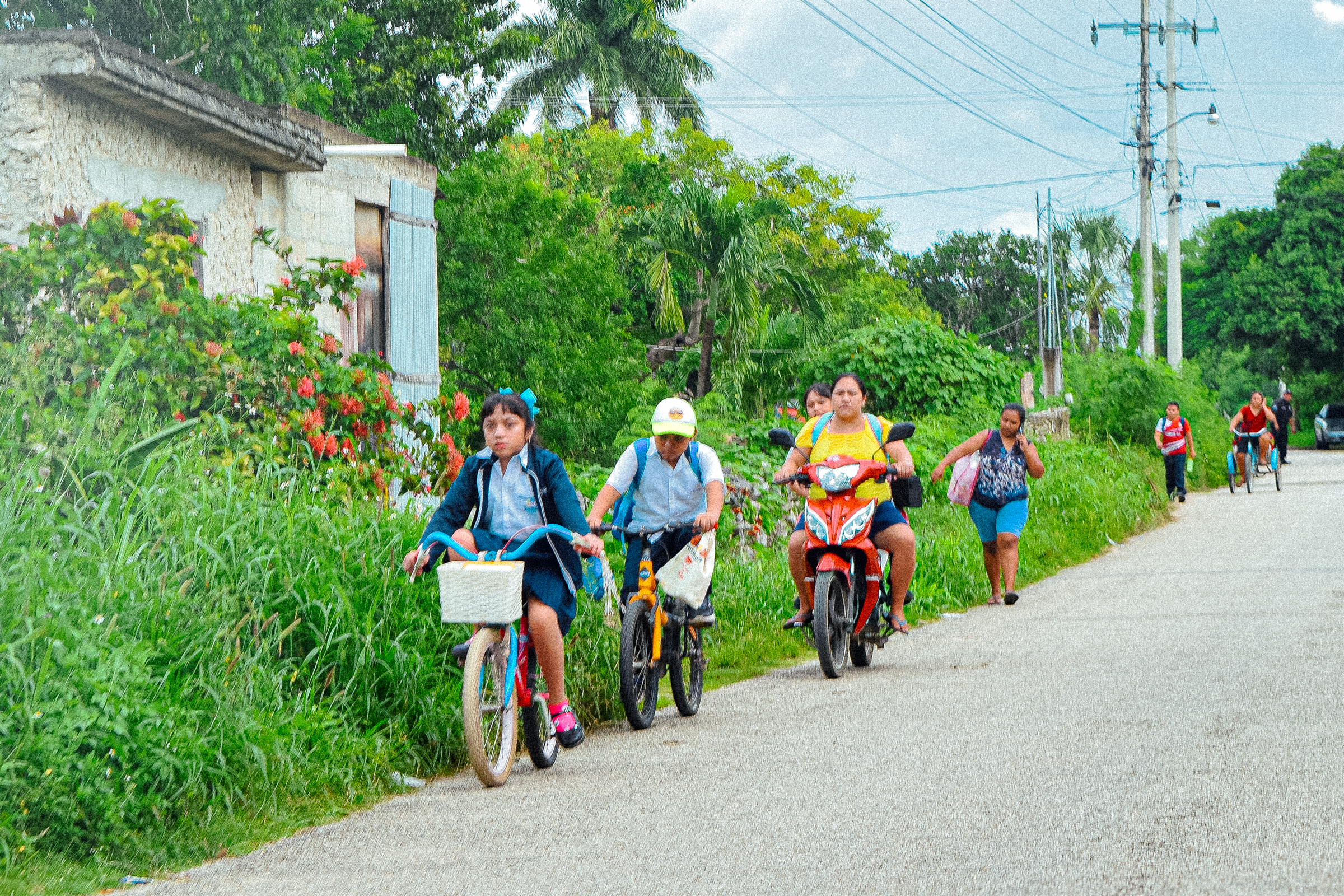Photos: Cintia Morales Braungart
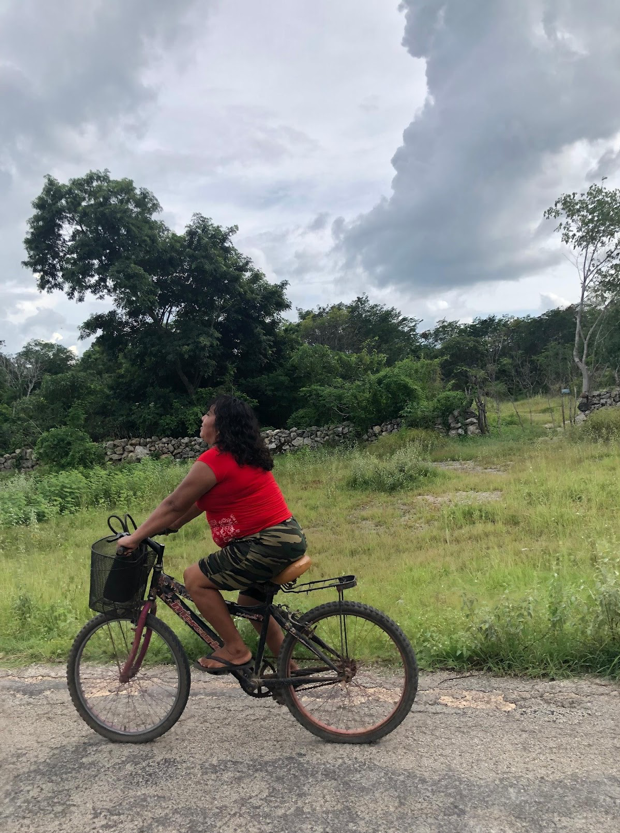
Can you imagine living a lifestyle that allows you to stop, observe, say hello, and contemplate the landscape every day? In Telchaquillo, that’s how people live, without rushing nor mishaps, because the roads are traveled on foot, by bicycle, and by tricycle, creating a peaceful, humane, and joyful way of life.
In 2019, Mexico recognized mobility as a human right in the General Law on Mobility and Road Safety. According to the law, “all persons shall be able to move about safely, equitably, and accessibly, with equal opportunities.”
In Mayan territories, this right is exercised through the use of bicycles and tricycles. In other words, Mayan territories are cycling territories, and these vehicles are essential for maintaining a good standard of living, according to the cyclists in the community who shared their stories with us.
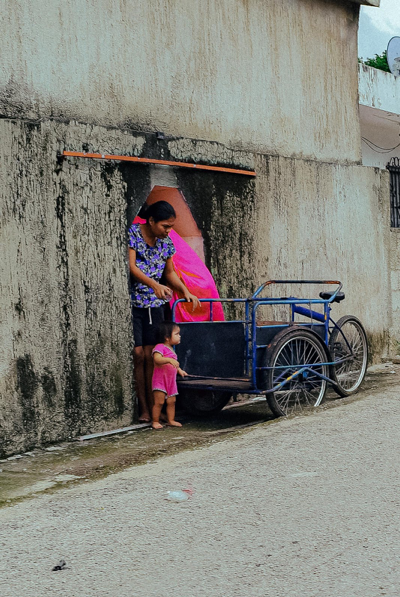
Doña Josefina, Doña Concepción, and Doña Herlinda learned how to ride a bike and tricycles at the age 10, while Doña Gladys learned at 15, Doña Gregoria at 20, and Doña Joselyn at 50. They later taught their daughters and granddaughters.
According to data from the National Institute of Statistics and Geography (INEGI, 2018), in Yucatán, six out of ten families use bicycles. This represents 57% of the registered population, equivalent to 263,234 people, particularly in Mayan villages.
And why do you ride a bicycle?
“I feel free. I can go to school, go out to play, and feel the wind on my face.”
(Amai, 9 years old)

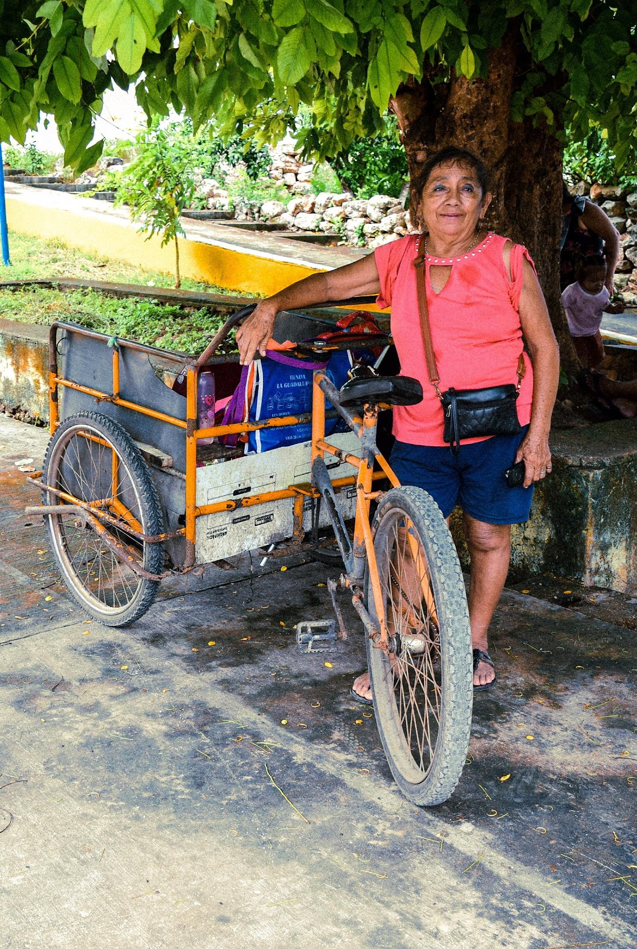
Doña Elisa told us that her earliest memories of riding a tricycle are of her father taking her and her sisters to the mountains to gather firewood, corn, water, wild grapevine, and to prepare the Jéets´luúm, a ceremonial offering to the jungle. What used to be long walks under the scorching sun, with temperatures reaching almost 104°F, became short and fun trips.
In the Mayan villages, bicycles and tricycles are used for various activities such as going to the market or the tortilla shop to buy food, for visiting relatives, picking up children from school, or simply for the pleasure of feeling the wind on their faces. These trips, called viajes de cuidado (care trips), are to carry out tasks or work related to caring for others.
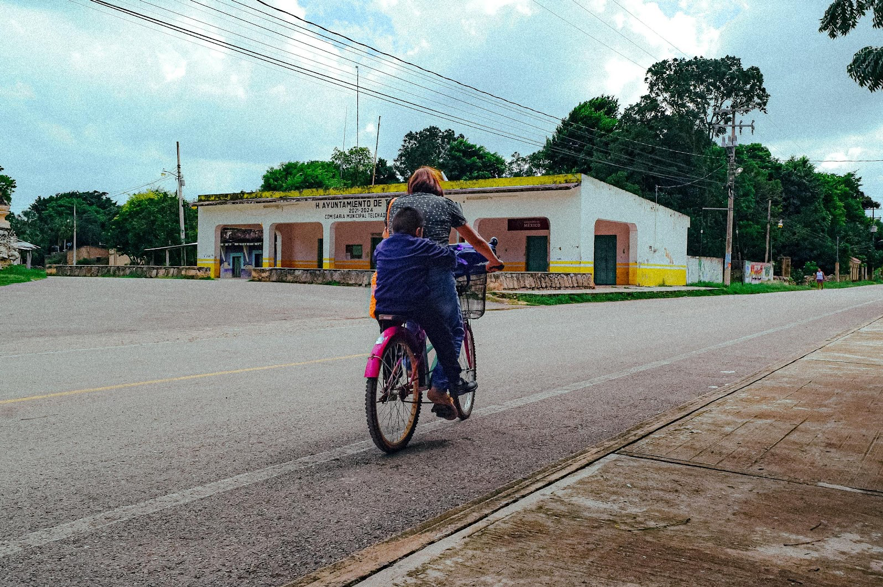
Living in a cycling community creates a peaceful, family atmosphere that promotes collective care. These vehicles benefit physical, emotional, social, and ecological health and have become tools that facilitate people’s activities and are basically heart-powered.
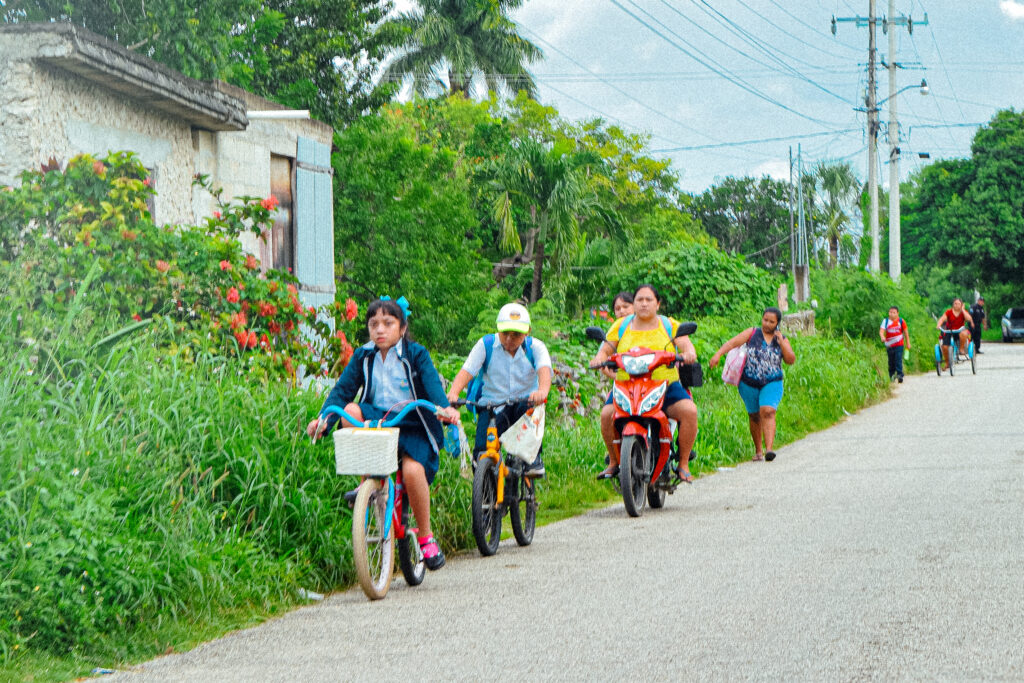
How do you feel when you ride your bike?
“I feel good, I get there faster, and it’s more fun.”
(Ros, 12 years old)
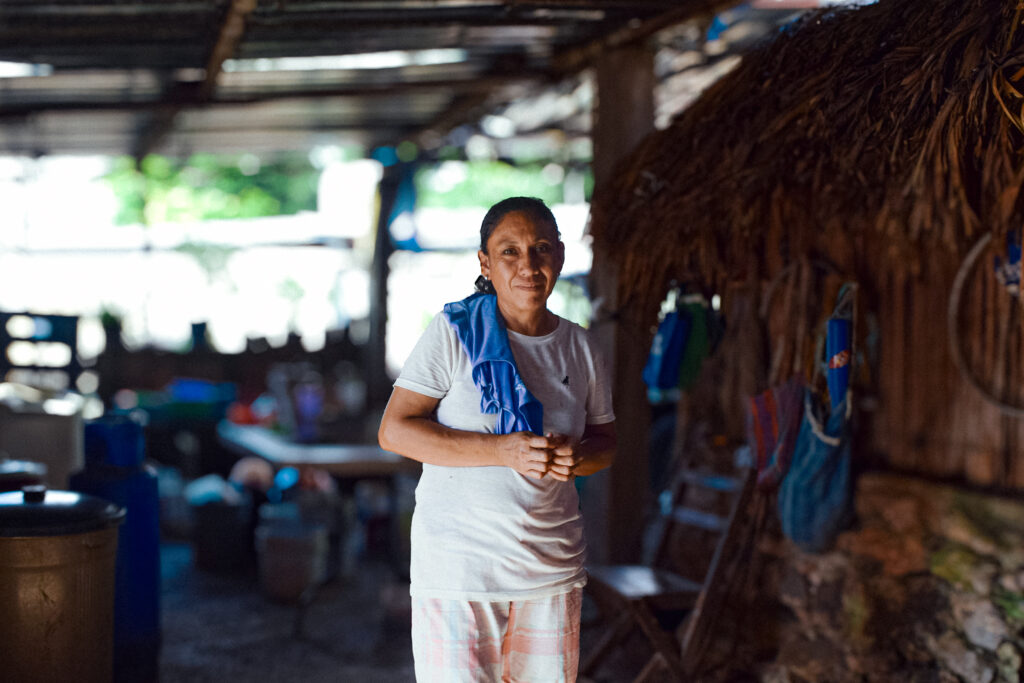
The use of bicycles and tricycles also creates new jobs and benefits family economies such as that of Doña Lorena, who started a bicycle repair shop with her husband 10 years ago. They maintain these vehicles, which can last between 20 and 30 years.
The cost of a bicycle can vary greatly. They range from 500 pesos for a used bike to 5,000 pesos or more for a new or professional bike. A bike’s maintenance, however, usually costs 300 pesos every three or four months, which means substantial savings for a family’s monthly budget.
She also told us that one of her clients travels on his bike every day from Telchaquillo to Mérida, which takes approximately 3 hours and 40 minutes, or the equivalent to 50 kilometers. He does this to get to work, and the challenges he faces on a daily basis are linked to the precarious nature and lack of attention given to bicycle mobility, which is so essential for people in rural areas.
Cases such as this demonstrate how collective and ecological intelligence generate care networks that place life at the center and, at the same time, show the need to raise awareness and conduct in-depth research about non-motorized mobility in the region. The risks cyclists face every day can be fatal, as the CicloTurixes collective has documented: in the state of Yucatán, three cyclists are killed each month.
The construction of roads, highways, and railways such as the Tren Maya collaterally infringes on communities’ right to mobility due to the lack of planning and cycling infrastructure alongside these other routes, as well as the complete absence of traffic mitigation measures at intersections.
An example of this is the bike route that used to connect the Mayan villages of Nunkiní and Calkiní, which was blocked by the construction of the Tren Maya train station. Now, cyclists have to cross a bridge designed for cars, which is extremely dangerous, or risk crossing a confusing road with no traffic signs.
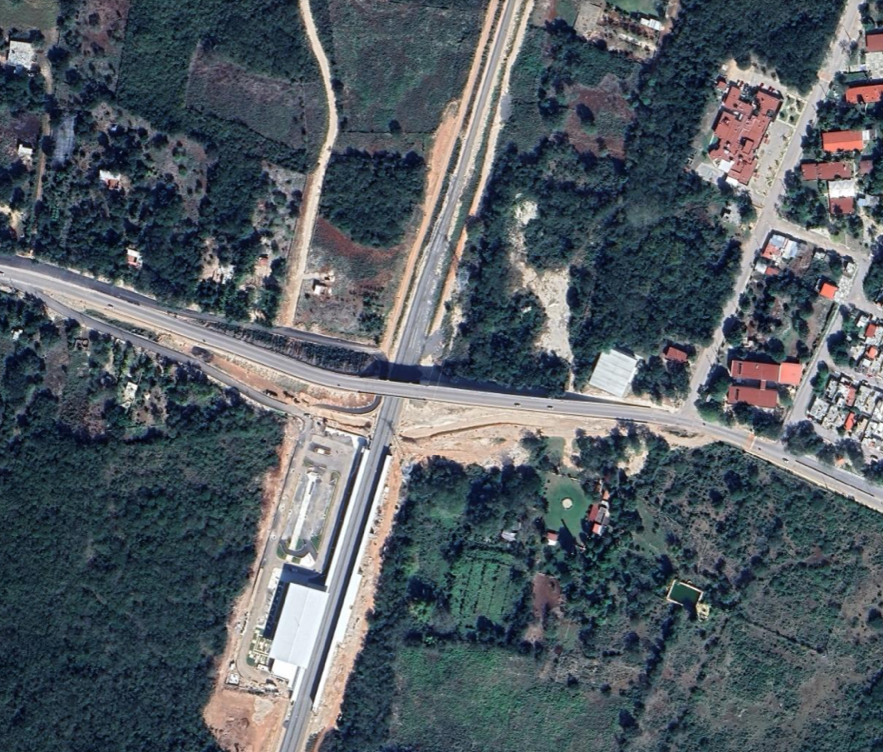
Motorized mobility has a masculine, colonial, and individualistic history.
According to mobility specialist Alejandra Leal (2020), “The impacts of car use are linked to the use of public space, road safety issues, and emissions. This affects people who do not even cause these negative impacts, such as pedestrians and public transport users.”
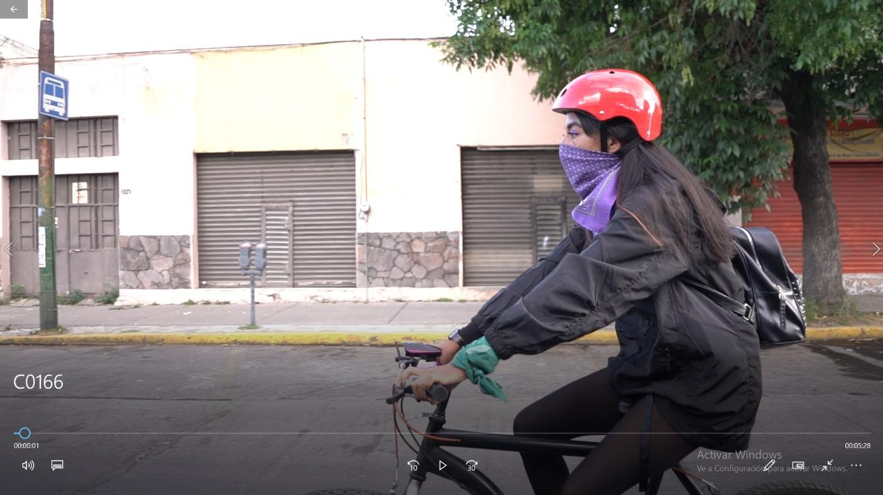
Gender and class inequality gaps are intensified because this type of mobility tends to historically exclude and harm people who have been historically discriminated against from public spaces, such as women, children, cyclists, older adults, and people with disabilities, who cannot or do not aspire to own a car.
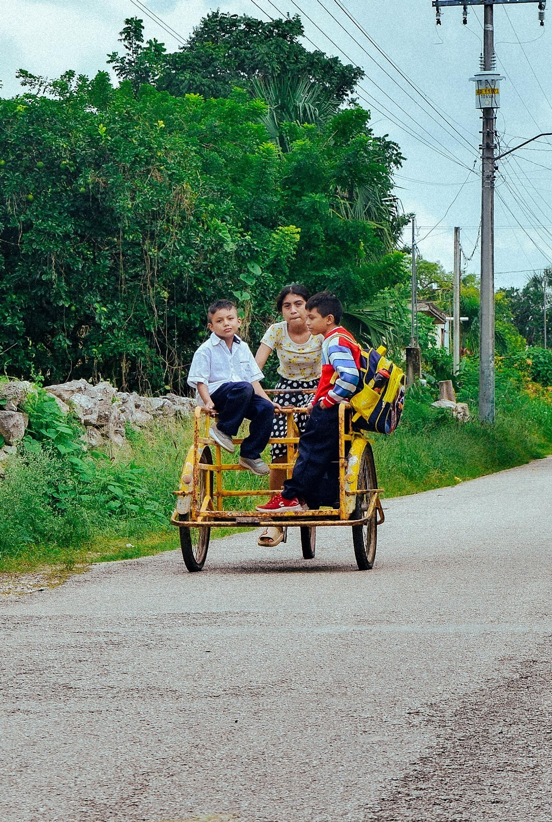
In Mexico, 3,989,403 cars were manufactured in 2024, according to figures from INEGI. That same year, the number of births reached 1,820,888. In other words, in Mexico, 2.1 cars were manufactured for every new person.
These figures show us that this overproduction does not correspond to the country’s internal needs or to the global environmental reality, since the demand for hydrocarbons and the construction of roads generate irreversible social and environmental costs, such as the death of people in traffic accidents, the loss of biodiversity due to the killing of wild animals and insects, and the destruction of natural areas due to the construction of highways.
Bicycles, in this context, are another means of rethinking human mobility. This eco-technology is older than cars, causes less damage, and yet, society continues to prioritize car-based mobility. That is why mobility policies with intercultural and socio-environmental approaches are urgently needed, as well as the mobilization of our will to reduce social inequality gaps and guarantee the right to people’s free, safe, and sustainable mobility in towns and cities.

Sources:
Movilidad: un derecho humano que merecemos. (s/f). Tec de Monterrey. Recuperado el 7 de marzo de 2025, de https://futurociudades.tec.mx/es/movilidad-un-derecho-humano
ONU-Habitat. (s/f). Contaminación, automóviles y calidad del aire. Onu-habitat.org. Recuperado el 7 de marzo de 2025, de https://onu-habitat.org/index.php/contaminacion-automoviles-y-calidad-del-aire
Transporte público masivo responde a la movilidad… de los hombres: experta. (s/f). Ibero.mx. Recuperado el 7 de marzo de 2025, de https://ibero.mx/prensa/transporte-publico-masivo-responde-la-movilidad-de-los-hombres-experta
Vargas, M. (2021, enero 31). México, el país de las bicicletas blancas. Corriente Alterna. https://corrientealterna.unam.mx/nota/bicicletas-blancas-mexico-muertes-de-ciclistas/
(S/f). Org.mx. Recuperado el 7 de febrero de 2025, de https://www.inegi.org.mx/contenidos/saladeprensa/boletines/2024/ENR/ENR2023.pdf
En Yucatán 6 de cada 10 hogares tienen al menos una bicicleta: INEGI. (s/f). Cicloturixes.org. Recuperado el 7 de marzo de 2025, de https://cicloturixes.org/en-yucatan-4-de-cada-10-hogares-tienen-al-menos-una-bicicleta-inegi/
